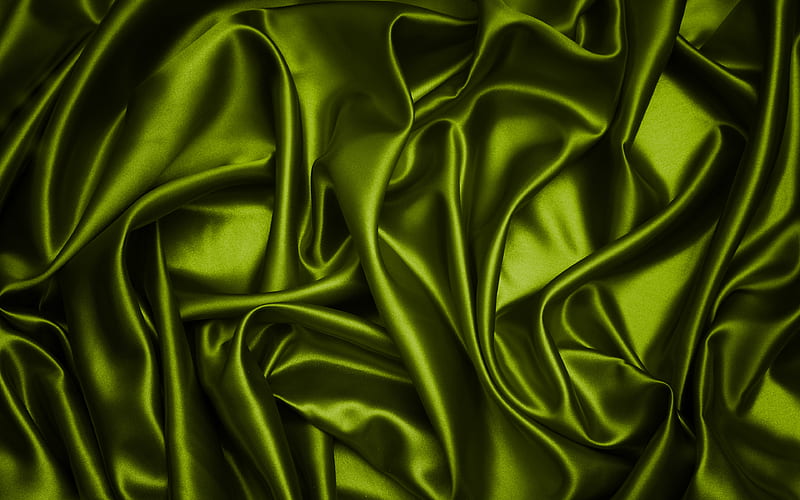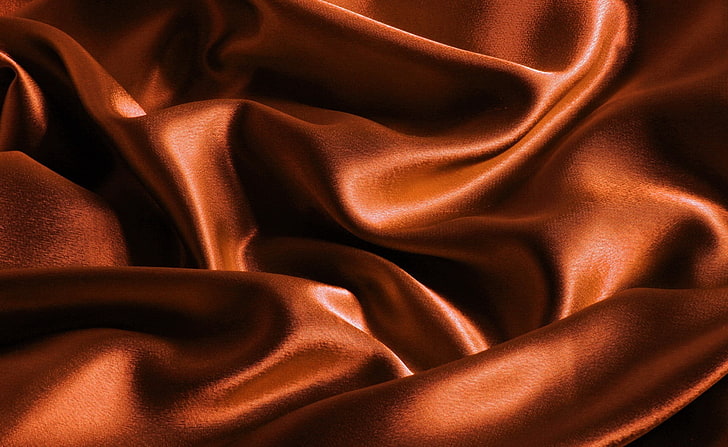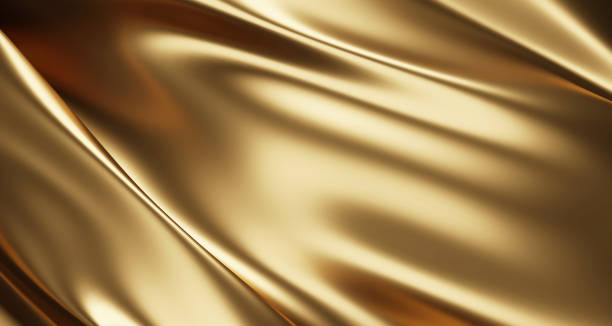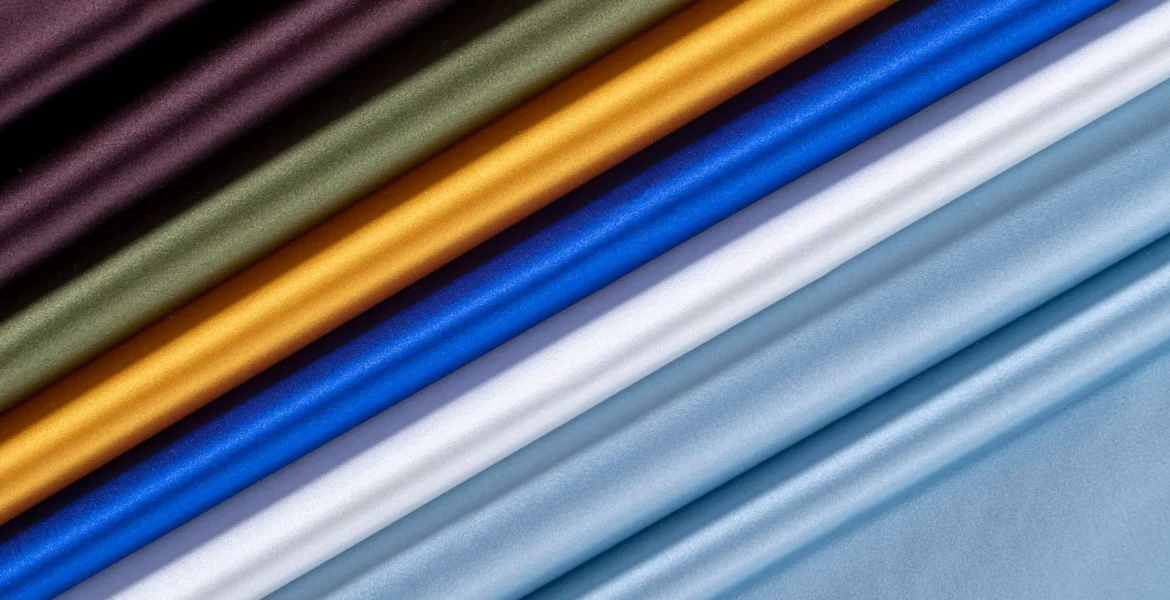In the tapestry of human history, few materials have captured the imagination and influenced cultures across the globe quite like silk. This lustrous fabric, with its origins shrouded in the ancient mists of China over 5,000 years ago, remains a symbol of elegance, luxury, and innovation. The story of silk, from its serendipitous discovery to its role in shaping economies and advancing technology, is a fascinating journey through time.
The Legend Begins
According to legend, the journey of silk began with a Chinese empress, Lei Zu, who stumbled upon a silkworm cocoon and, in her curiosity, began to unravel it. She discovered a fine, strong thread that could be woven into fabric, marking the birth of silk. This accidental discovery by Lei Zu laid the foundation for sericulture, the cultivation of silkworms for the production of silk, a process that remains largely unchanged in its essence to this day.
 The Art of Sericulture
The Art of Sericulture
The production of silk is a testament to human ingenuity and the pursuit of beauty. Sericulture involves the meticulous care of silkworms, which are fed a diet exclusively of mulberry leaves. Upon spinning their cocoons, these are carefully harvested, and the silk threads are delicately extracted and twisted into yarn. This labor-intensive process, which yields a fabric of unparalleled softness, sheen, and strength, underscores the intrinsic value of silk and its historical status as a symbol of wealth and nobility.
Silk’s Unique Qualities
Beyond its aesthetic appeal, silk possesses remarkable properties that make it highly sought after. Its natural protein structure offers excellent absorbency, making it an ideal choice for wear in warm climates, while its low conductivity helps retain warmth in cooler temperatures. Moreover, silk’s smooth texture has made it a favored material in various cultures for centuries.
 The Silk Road: A Catalyst for Cultural Exchange
The Silk Road: A Catalyst for Cultural Exchange
Perhaps one of silk’s most significant contributions to history is its role in the development of the Silk Road. This ancient network of trade routes not only facilitated the exchange of silk but also spices, tea, and countless other goods, connecting the East and West in an unprecedented way. The Silk Road was instrumental in the cultural and economic exchanges that shaped civilizations, allowing for the spread of ideas, technologies, and artistic traditions.
Silk in the Modern World
Today, silk’s legacy extends far beyond the realms of fashion and textiles. Its natural strength and biocompatibility have led to groundbreaking applications in biomedicine, including sutures, prosthetics, and other medical devices. The ongoing research into silk-based technologies holds promise for sustainable and innovative solutions, blending ancient elegance with modern science.

A Fabric that Weaves Through Time
Silk’s journey from a humble cocoon to a global symbol of luxury, culture, and innovation is a narrative of human achievement. It reflects the enduring appeal of silk, not only as a material of unmatched beauty and elegance but also as a bridge between the past and future, nature and technology. As we continue to explore and expand the applications of silk, its story evolves, reminding us of the infinite possibilities that lie in the interplay of natural wonders and human creativity. Silk, with its deep historical roots and forward-looking potential, remains a timeless testament to the endless pursuit of beauty and innovation.

